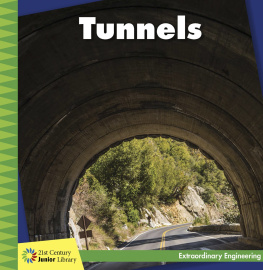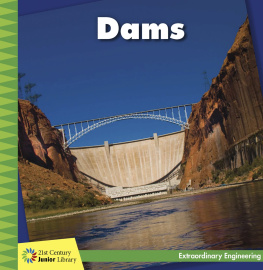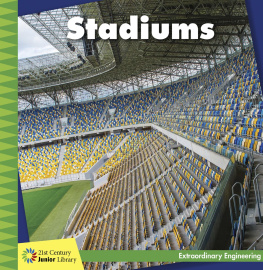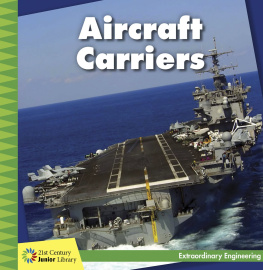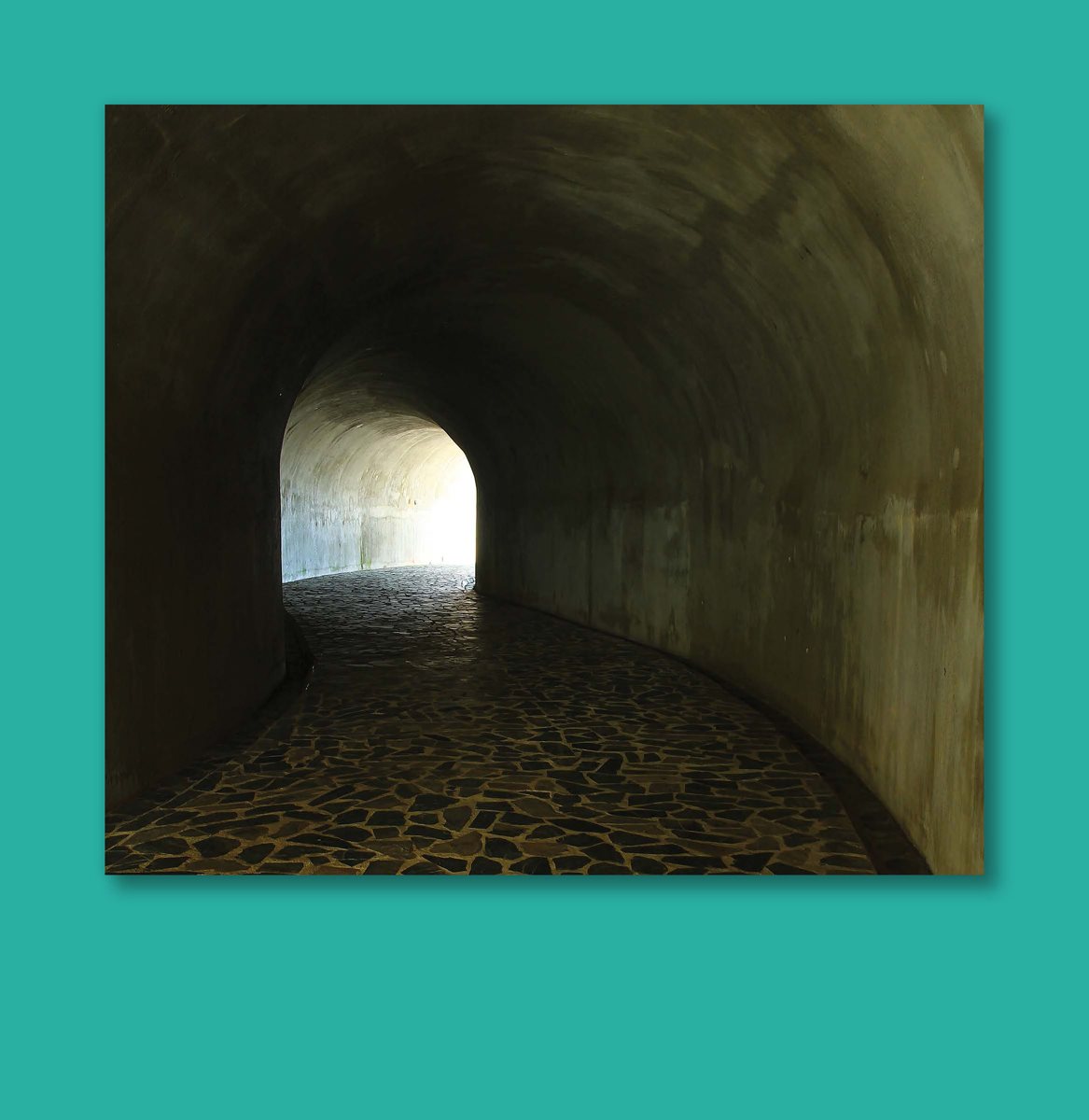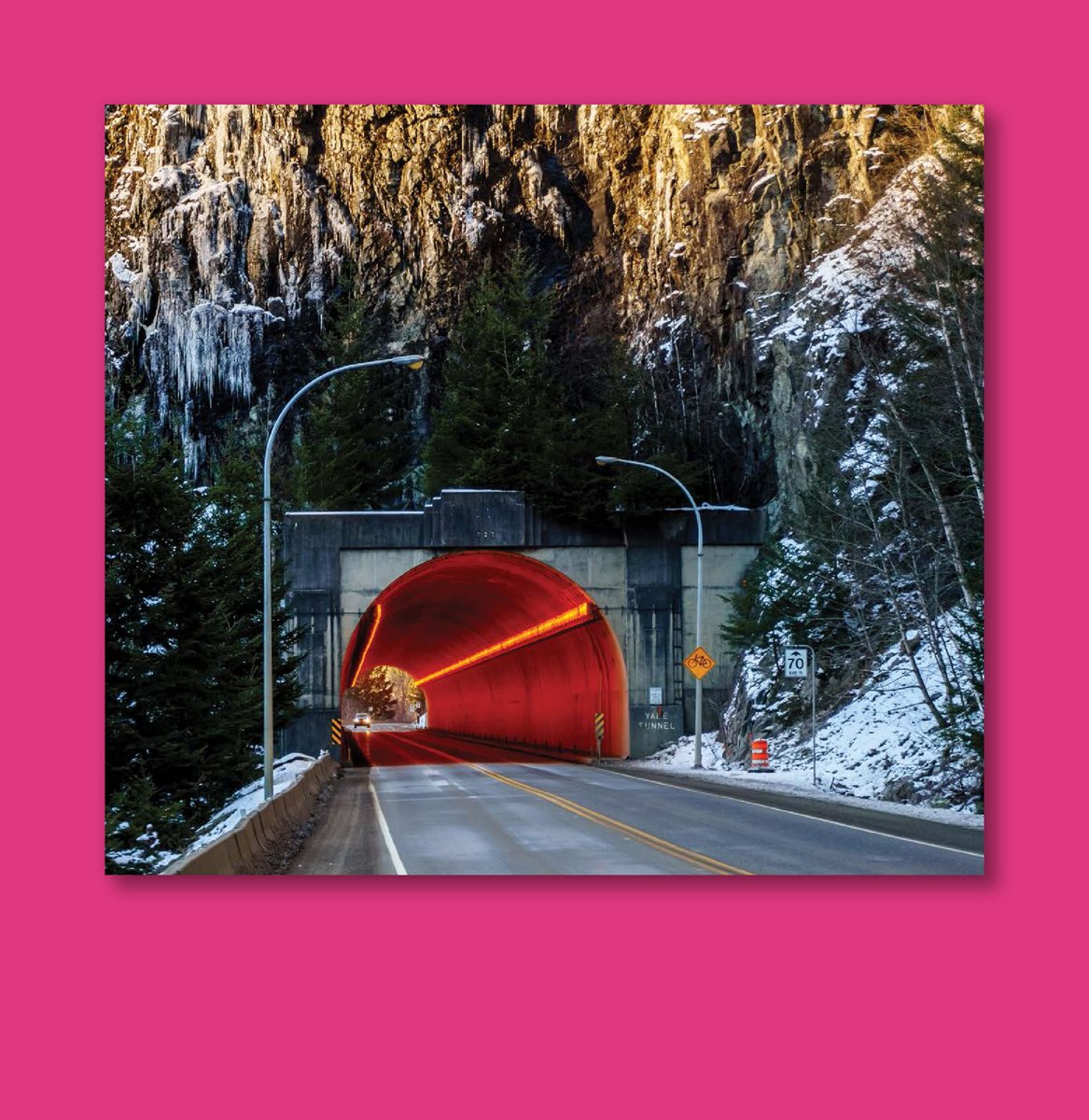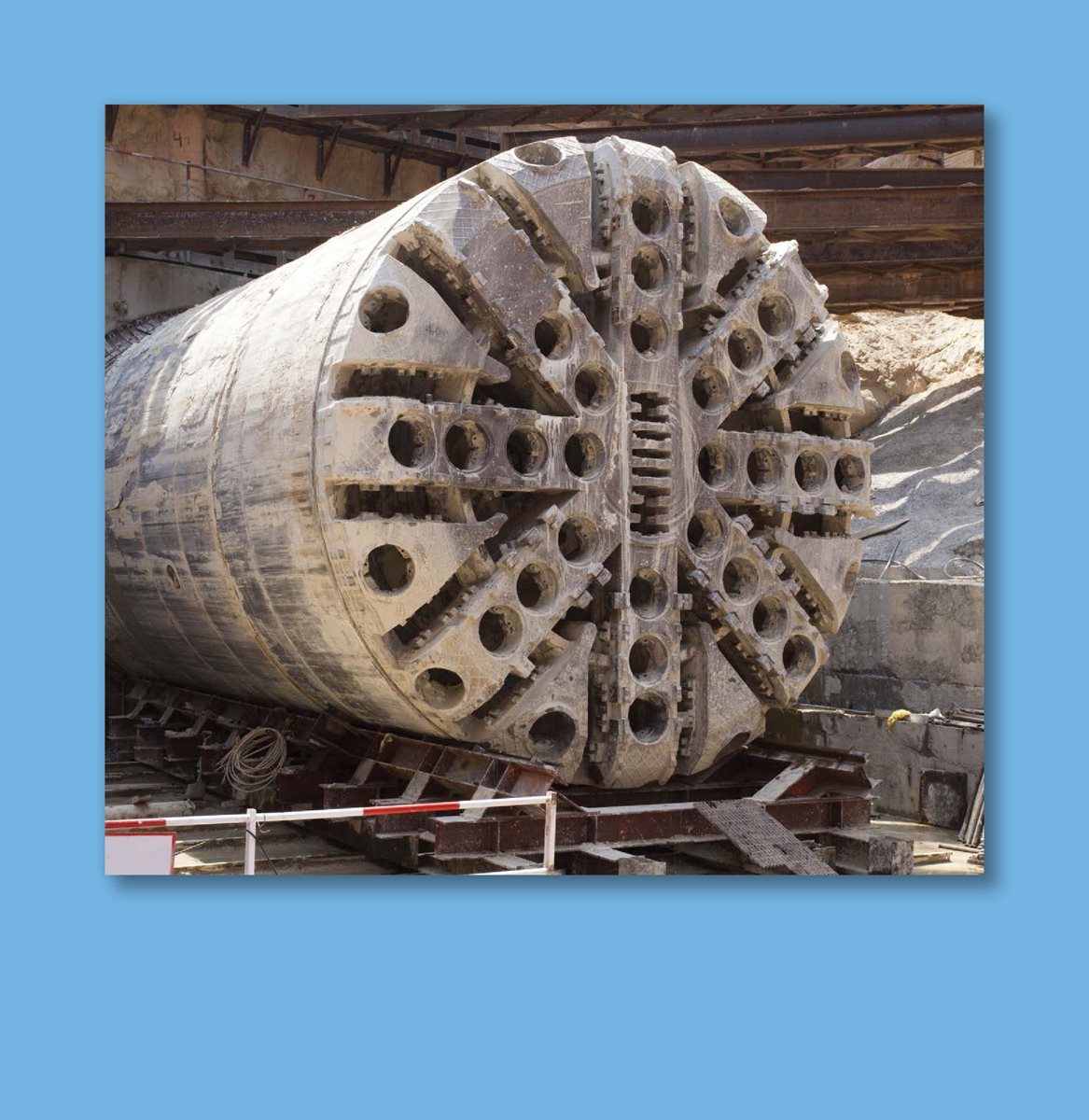Table of Contents
Guide


Published in the United States of America by
Cherry Lake Publishing
Ann Arbor, Michigan
www.cherrylakepublishing.com
Content Adviser: Dr. Todd Kelley, Associate Professor of Engineering/Technology Teacher Education, Purdue Polytechnic Institute,
West Lafayette, Indiana
Reading Adviser: Marla Conn MS, Ed., Literacy specialist, Read-Ability, Inc.
Photo Credits: Checubus/Shutterstock Images, cover; Felix Lipov/Shutterstock Images, 4; TTstudio/Shutterstock Images, 6;
Jaromir Chalabala/Shutterstock Images, 8; apiguide/Shutterstock Images, 10; Harry Beugelink/Shutterstock Images, 12;
PI/Shutterstock Images, 14; Morten Kjerulff/iStock, 16; Vladimir Mucibabic/Shutterstock Images, 18
Copyright 2017 by Cherry Lake Publishing
All rights reserved. No part of this book may be reproduced or utilized in any
form or by any means without written permission from the publisher.
Library of Congress Cataloging-in-Publication Data
Names: Loh-Hagan, Virginia, author.
Title: Tunnels / by Virginia Loh-Hagan.
Description: Ann Arbor : Cherry Lake Publishing, [2017] | Series: 21st century junior library. Extraordinary engineering |
Audience: K to grade 3. | Includes bibliographical references and index.
Identifiers: LCCN 2016032399| ISBN 9781634721677 (hardcover) | ISBN 9781634722995 (pbk.) |
ISBN 9781634722339 (pdf) | ISBN 9781634723657 (ebook)
Subjects: LCSH: TunnelsJuvenile literature. | TunnelsDesign and constructionJuvenile literature.
Classification: LCC TA807 .L64 2017 | DDC 624.1/93dc23
LC record available at https://lccn.loc.gov/2016032399
Cherry Lake Publishing would like to acknowledge the work of The Partnership for 21st Century Learning.
Please visit www.p21.org for more information.
Printed in the United States of America
Corporate Graphics
ISBN-13: 978-1-68444-503-5 (e-book)
Synchred Read-Along Version by:
Triangle Interactive LLC
PO Box 573
Prior Lake, MN 55372
CONTENTS
9 How Do Soft Ground
Tunnels Work?
13 How Do Rock Tunnels
Work?
17 How Do Underwater
Tunnels Work?
There is a large network of train tunnels under
New York City called subways.
What Are Tunnels?
Early in history, Romans built tunnels to
carry water. They built tunnels to carry away
waste. Tunnels still provide these services.
Theyre also built for transportation . They
carry heavy things over great distances.
Trains and cars increased the need for
tunnels. Tunnels were also built for mining .
Engineers study how to dig tunnels. They
design bigger, better tunnels.
A tunnel opening is called a portal.
Tunnels are tubes. Theyre
passageways . Theyre built through land.
Theyre built underwater. Theyre built
through mountains. Engineers study the
ground. They study materials. They study
how to carve out tunnels. They use tools.
They study forces . They study how to
support load . They make sure tunnels are
stable and safe.
Think!
Think about the dangers of building tunnels. What are the
dangers? How was it more dangerous in the past? How is it safer
today?
Soft ground tunnels are used for subways and water.
How Do Soft Ground
Tunnels Work?
Soft ground tunnels are built through soil.
Theyre weak at the openings. Soil falls
apart. This could collapse in tunnels. So,
engineers use shields . These shields are
steel tubes. Theyre placed at the opening.
They push into soil. Forces travel from the
ground. They push on the tunnels sides.
Shields stop tunnels from falling down. They
hold back soil.
Tunnel linings are made of iron or concrete.
Workers clear out the area. They add a
lining . Then, they move the shields. They
work on the next section.
Like all tunnels, soft ground tunnels are
arches . Their arches go all the way
around. Pressure pushes on all sides of
tunnels. Arches provide the best support.
Load squeezes forces together. It moves
down. It spreads out. Arches adjust for
future load changes.
Rock tunnels, like this one in Fraser Canyon, British Columbia,
Canada, are used as railways or roadways.
How Do Rock
Tunnels Work?
Rock tunnels are built through rocks and
mountains. Engineers make holes through
sturdy rock layers. Rock tunnels dont need
much support. Rocks are hard. Theyre
thick. They stay in place. They can support
themselves. But some rocks are loose.
Some rocks are broken. To make tunnels
stronger, engineers design extra support.
They add steel ribs and bolts . They add
steel rings and a concrete lining.
Engineers create many useful tools like tunnel boring machines.

